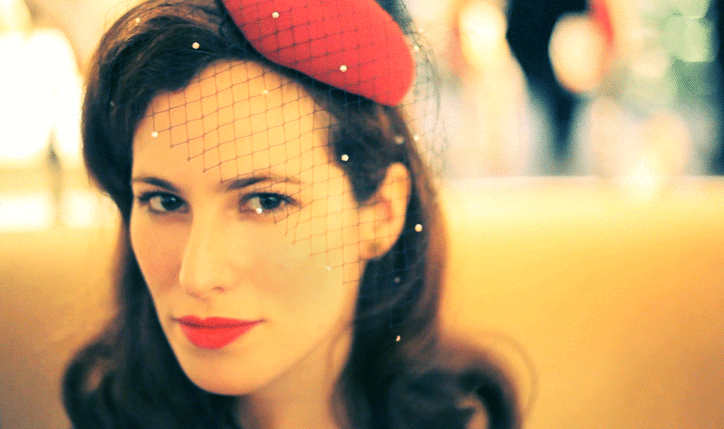
Cinemagraphs are kinda new, and kinda awesome.
via Manlish
Table of Contents
What Are Cinemagraphs?
Cinemagraphs are still photographs that incorporate subtle, repeated motion in certain parts of the image, creating a striking juxtaposition between motion and stillness. Unlike traditional photographs or videos, cinemagraphs offer a hybrid experience that holds the viewer’s attention with an almost magical quality.
Typically saved as GIFs or short looping video files, cinemagraphs focus on small, deliberate movements—like the gentle rippling of water, the flicker of a flame, or the swaying of hair in the wind. This restrained use of motion makes cinemagraphs uniquely captivating, offering just enough dynamism to intrigue without overwhelming the senses.
Characteristics of Cinemagraphs:
- Seamless Loops: The motion within cinemagraphs is continuous and perfectly looped, giving the illusion of perpetual movement.
- Selective Animation: Only specific parts of the image move, while the rest remains frozen, creating a sharp contrast.
- Cinematic Quality: High-resolution imagery and meticulous editing ensure that cinemagraphs maintain a professional and artistic appeal.
Cinemagraphs are not just visually stunning—they’re versatile tools for storytelling, branding, and personal expression.
The Creative Process Behind Cinemagraphs
Crafting a cinemagraph requires a blend of technical expertise and artistic vision. The process involves capturing high-quality footage, isolating specific motion, and carefully editing the image to create the desired effect. Here’s a closer look at how these mesmerizing visuals come to life:
Step 1: Planning and Filming
The journey begins with conceptualizing the scene. Artists often visualize the interplay between stillness and motion to decide what element will be animated. Filming typically involves a tripod-mounted camera to ensure stability, as even the slightest shake can disrupt the illusion.
For example, a photographer might film a cup of coffee with steam rising from its surface. The goal is to identify a natural motion—like the drifting steam—that can loop seamlessly.
Step 2: Editing and Isolation
Once the footage is captured, the editing phase begins. Using software like Adobe Photoshop, After Effects, or specialized cinemagraph tools, creators isolate the moving part of the video while freezing the rest. This is achieved by layering a still image over the video and masking the areas where motion is desired.
Step 3: Perfecting the Loop
The hallmark of a successful cinemagraph is its seamless loop. Editors ensure that the beginning and end of the motion align perfectly, creating a continuous, fluid effect. This meticulous attention to detail enhances the illusion of an endlessly repeating moment.
Step 4: Exporting the Final Product
The completed cinemagraph is exported as a high-quality GIF or MP4, optimized for smooth playback across platforms. The final product is a hypnotic visual that captures the audience’s attention and leaves a lasting impression.